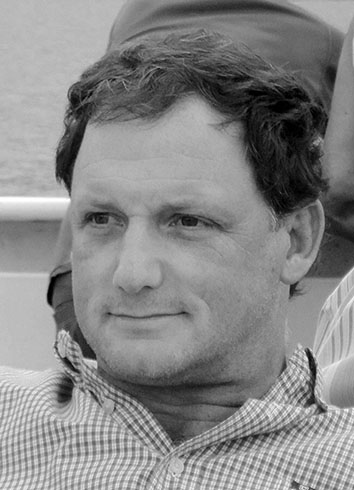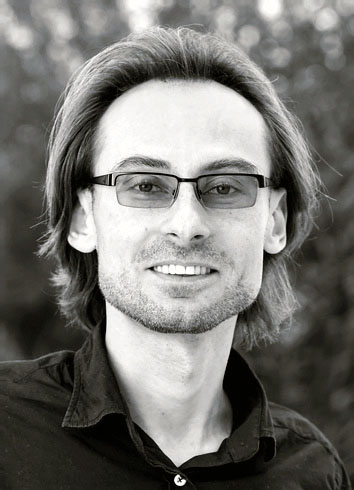Keynote speakers

Thomas A. Funkhouser
Learning Structured Implicit Shape RepresentationsAbstract
There has recently been an explosion of research on learning implicit shape representations, which has produced very impressive results for shape reconstruction, synthesis, and rendering using implicit functions represented purely by deep networks. In this talk, I will discuss ways to combine these deep implicit functions with traditional 3D shape representations—specifically using voxels, wavelets, and metaballs as a substrate for the implicit functions. I hope to demonstrate that the resulting hybrid representations (combining traditional explicit geometric decompositions with recent deep implicit functions) can achieve better accuracy, scale, and interpretability for multiple applications.Short Biography
Thomas is the David M. Siegel Professor of Computer Science at Princeton University, transferring to emeritus status in 2019. He is also a senior researcher at Google Research. Thomas has been at the forefront of research of many sub-fields within geometry processing, contributing tremendously to the naissance of shape retrieval. Relevant to this workshop, Thomas has also helped produce many valuable benchmarking datasets for researchers. With over 150 publications to date, Thomas' significant contributions to the field have been recognised by the community—leading to his recent induction into the ACM SIGGRAPH Academy in 2018. Thomas was also elected to become an ACM fellow in that same year.
Recently, Thomas' research interests have included scene understanding, scene reconstruction, robotics, implicit 3D shape representation, human pose prediction, and shape modelling.

Alexander M. Bronstein
Learning to See in the Data AgeAbstract
Recent spectacular advances in machine learning techniques allow solving complex computer vision tasks—all the way down to vision-based decision making. However, the input image itself is still produced by imaging systems that were built to produce human-intelligible pictures that are not necessarily optimal for the end task. In this talk, I will try to entertain ourselves with the idea of including the camera hardware (optics and electronics) among the learnable degrees of freedom. I will show examples from optical, ultrasound, and magnetic resonance imaging demonstrating that simultaneously learning the "software" and the "hardware" parts of an imaging system is beneficial for the end task.Short Biography
Alex has a long history with 3DOR, with many notable contributions to the workshop, as well as the wider visual computing community. He has been an active member of the research community for over 20 years and has received numerous honours and accolades for his work. Alex currently heads the Vision Theory and Applications (VISTA) Laboratory at the Technion—Israel Institute of Technology. He is a member of ACM and SIAM, and was elected an IEEE fellow in 2018. Beyond his academic accomplishments, Alex has co-founded three successful start-ups. He currently works as a principal engineer at Intel developing the RealSense technology and continues his role as chief scientist at VideoCity.
Alex's academic interests span a wide range of topics within visual computing, with many relevant published works in the areas of numerical geometry, computer vision, and machine learning.
